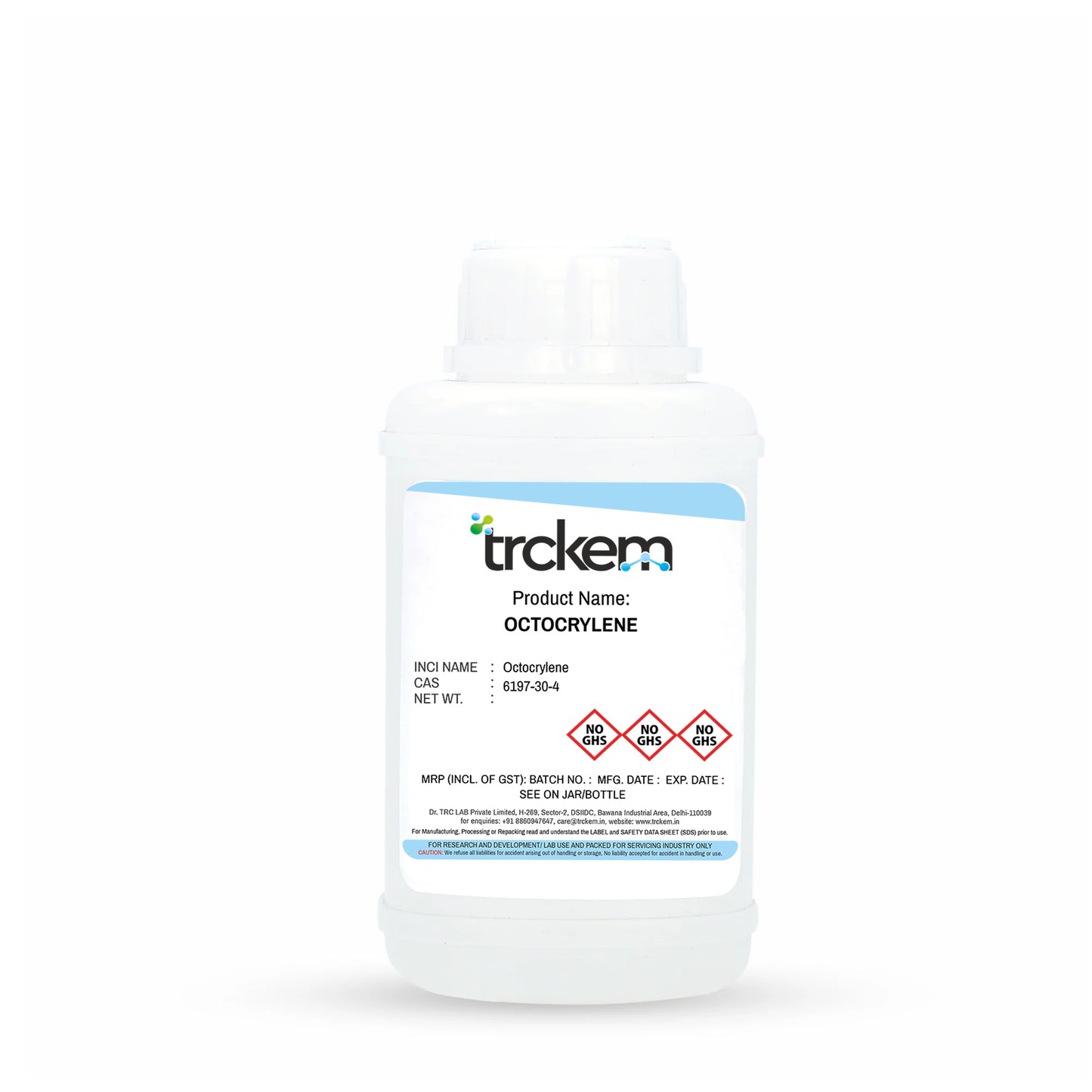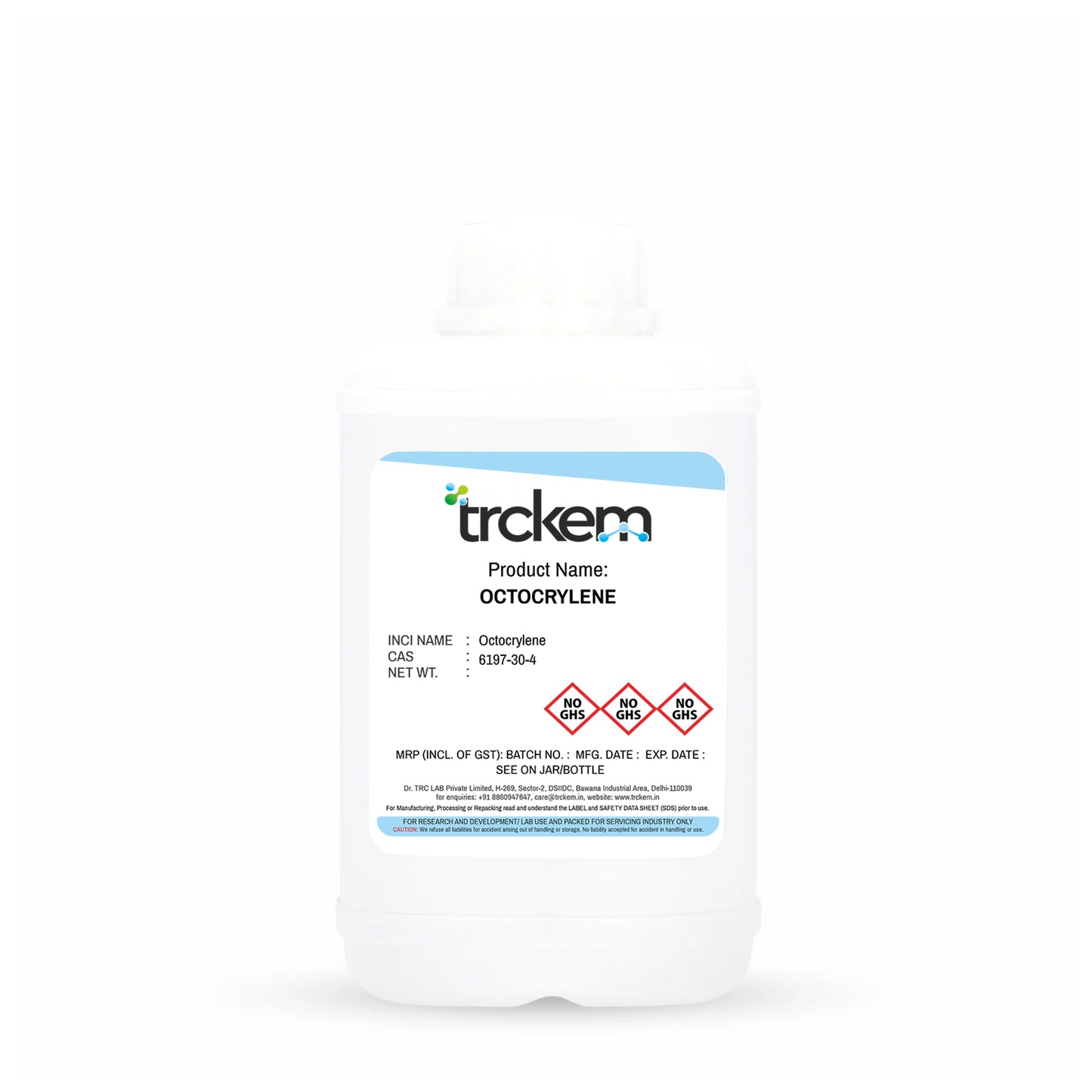

FAQ (Frequently Asked Questions)
1. What is Octocrylene?
Octocrylene is an oil-soluble, organic compound used in sunscreens and personal care products. It acts as a UV filter that absorbs UVB and short UVA rays, protecting the skin from sunburn and premature aging. It also helps stabilize other sunscreen agents like Avobenzone.
2. What is the INCI name and CAS number of Octocrylene?
CAS Number: 6197-30-4
INCI Name: Octocrylene
3. What are the key benefits of using Octocrylene in personal care formulations?
Broad-spectrum UVB and partial UVA protection
Photostabilizes other UV filters (especially Avobenzone)
Adds water resistance to sunscreen products
Acts as an emollient, improving skin feel
Provides formulation stability and product longevity
4. In what types of products is Octocrylene commonly used?
Octocrylene is widely used in:
Sunscreens and sunblocks
Day creams and moisturizers with SPF
BB and CC creams
Tinted sunscreens and makeup with SPF
Water-resistant skin and lip care products.
5. Is Octocrylene safe for skin?
Yes, Octocrylene is approved for cosmetic use in many regions, including the US and EU, within regulated concentration limits. However, it may not be suitable for extremely sensitive skin, and some studies suggest avoiding it for very young children or damaged skin.
6. What is the allowed usage level of Octocrylene in cosmetic formulations?
United States (FDA): Up to 10%
European Union: Up to 10%
Always refer to regional cosmetic regulations to ensure compliance with local safety standards.
7. Is Octocrylene considered reef-safe or environmentally friendly?
Octocrylene has been flagged in some regions (e.g., Hawaii and Palau) for its potential environmental impact on coral reefs. It is not considered reef-safe by all authorities. Brands aiming for eco-conscious or reef-safe certification often avoid it or replace it with mineral UV filters.
8. Can Octocrylene be combined with other UV filters?
Yes. It is commonly used in combination with other chemical and mineral UV filters. It enhances the performance and stability of filters like Avobenzone and helps maintain the SPF value over time.



